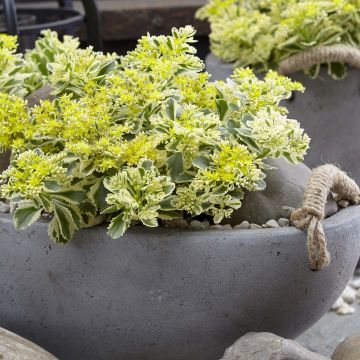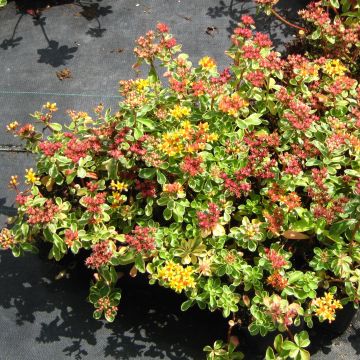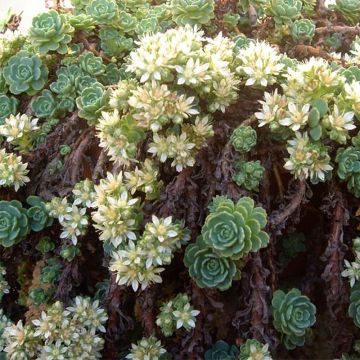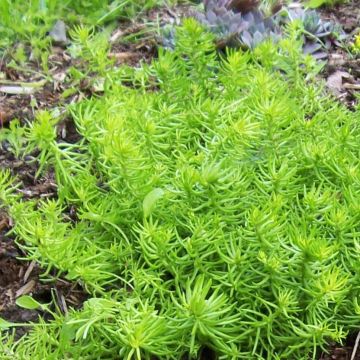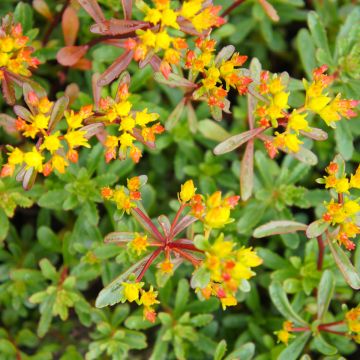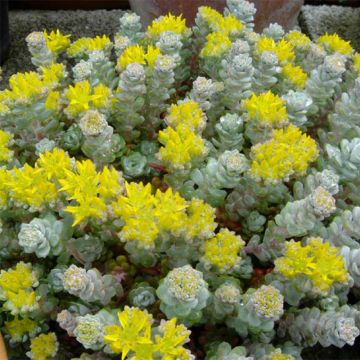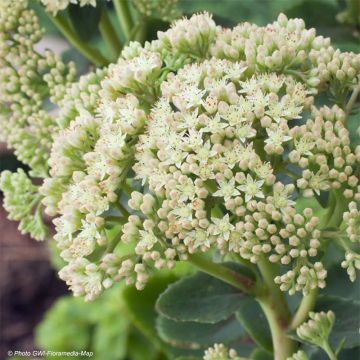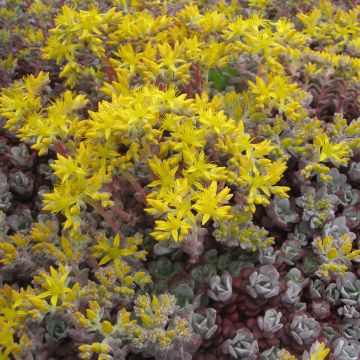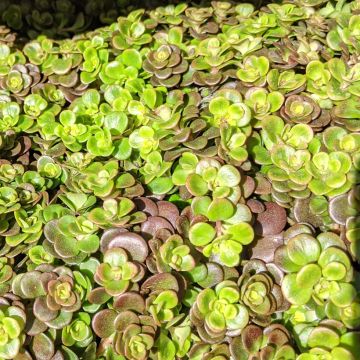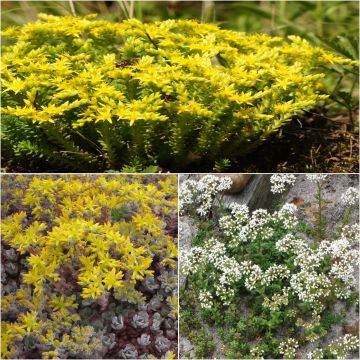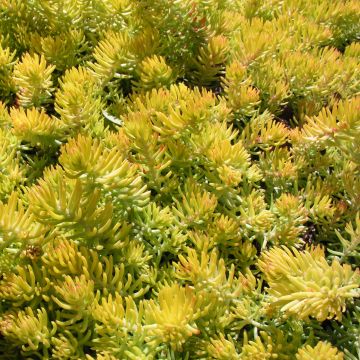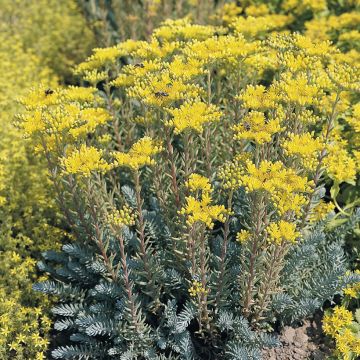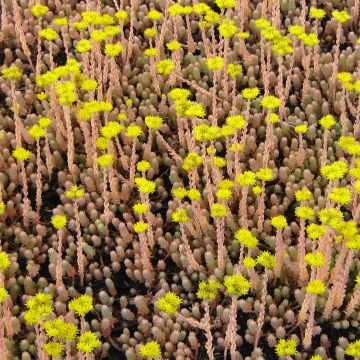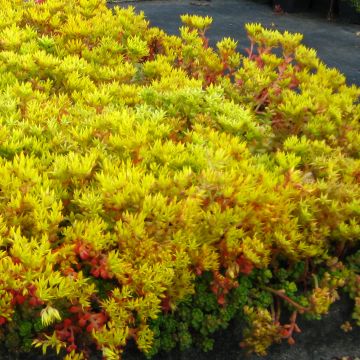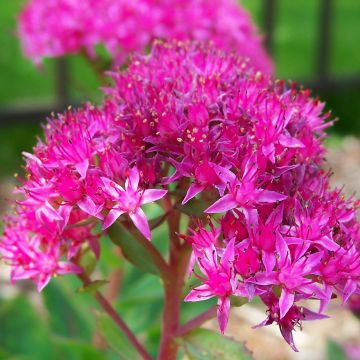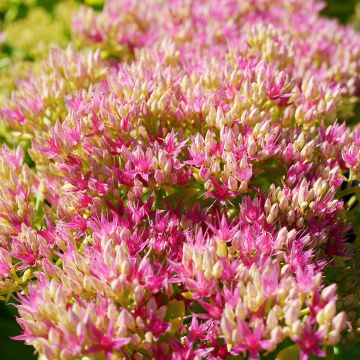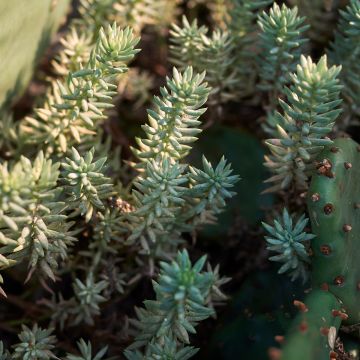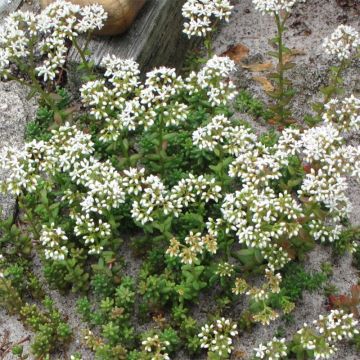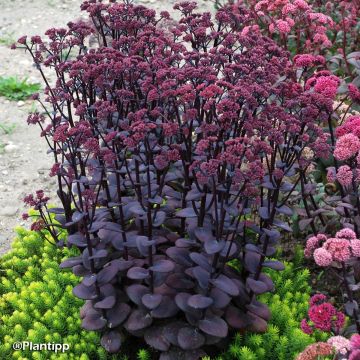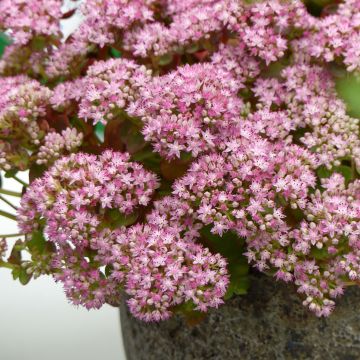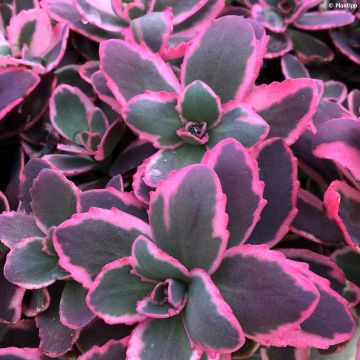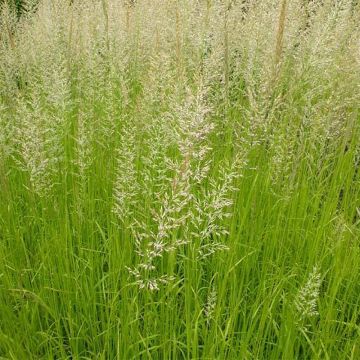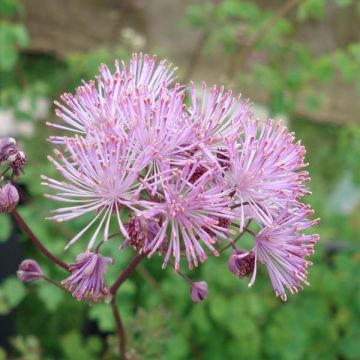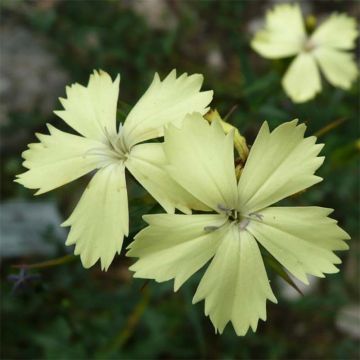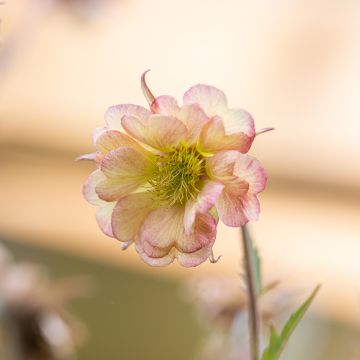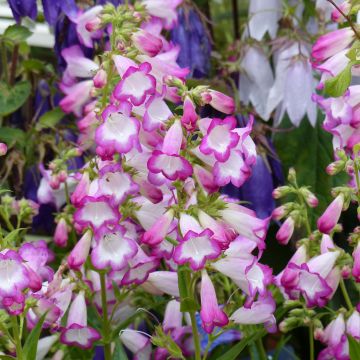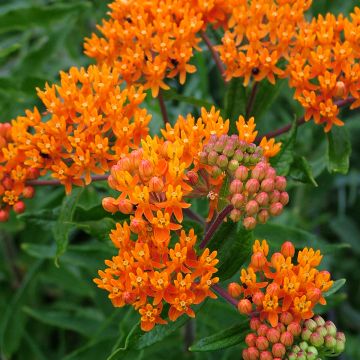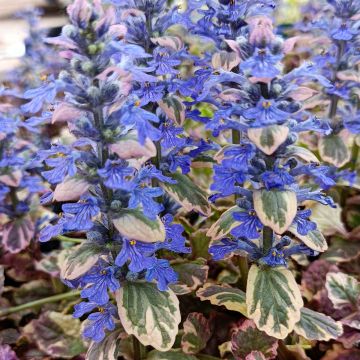Shipping country and language
Your country of residence may be:
Your country of residence is:
For a better user experience on our website, you can select:
Your shipping country:
Andorra
Austria
Belgium
Bulgaria
Canada
Chile
Croatia
Cyprus
Czechia
Denmark
Estonia
Finland
France
Germany
Greece
Hungary
Iceland
Ireland
Italy
Latvia
Lithuania
Luxembourg
Malta
Monaco
Netherlands
Poland
Portugal
Romania
Slovakia
Slovenia
Spain
Sweden
Switzerland
United Kingdom
We only deliver seed and bulb products to your country. If you add other products to your basket, they cannot be shipped.
Language:
French
German
Spanish
English
My Account
Hello
My wish lists
Plantfit
Log in / Register
Existing customer?
New customer?
Create an account to track your orders, access our customer service and, if you wish, make the most of our upcoming offers.
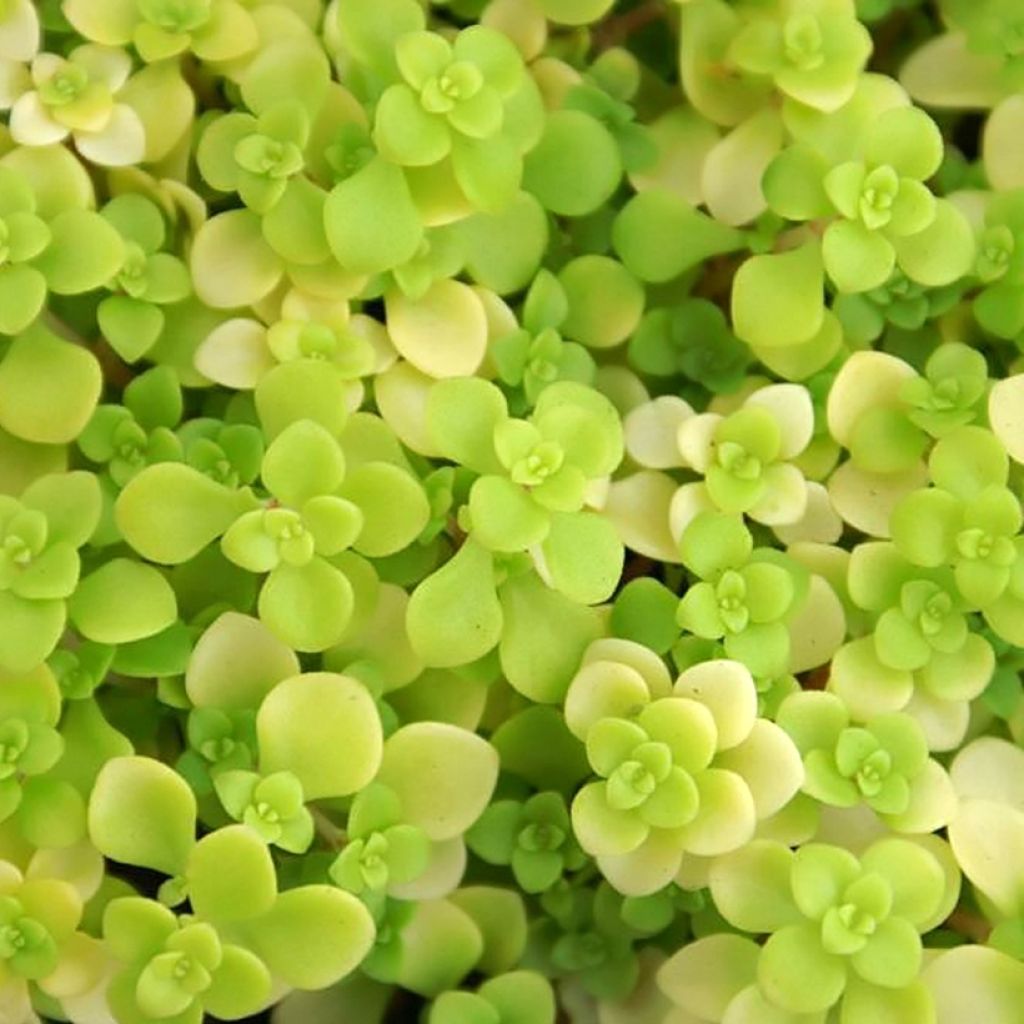

Sedum makinoi Ogon - Orpin
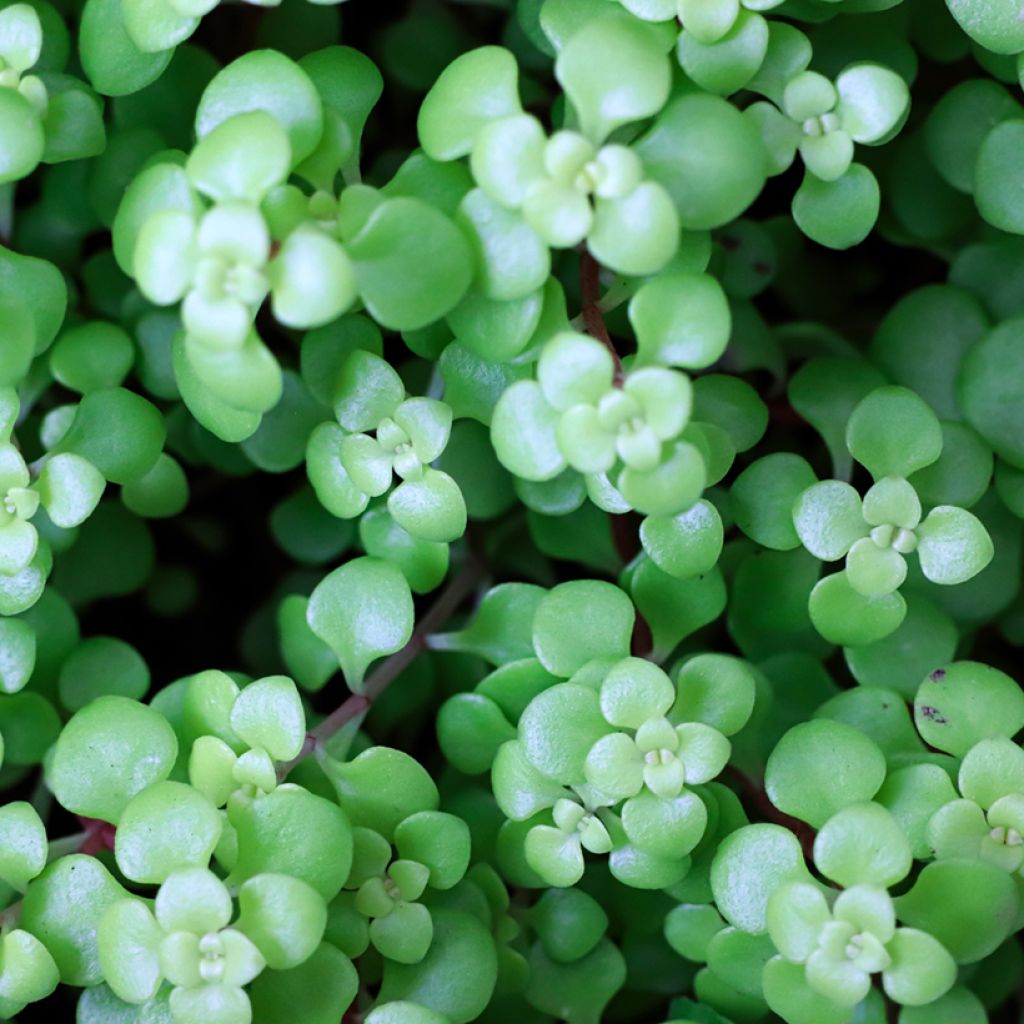

Sedum makinoi Ogon - Orpin
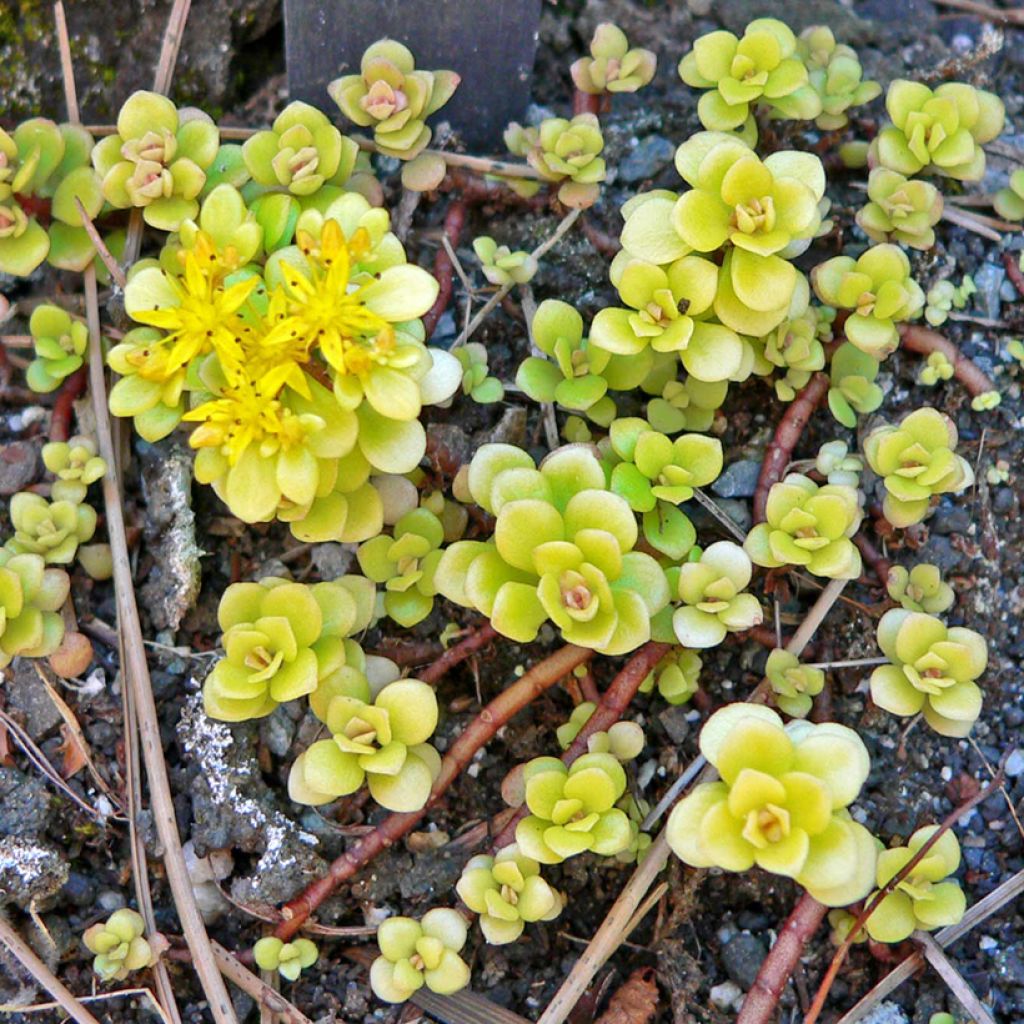

Sedum makinoi Ogon - Orpin
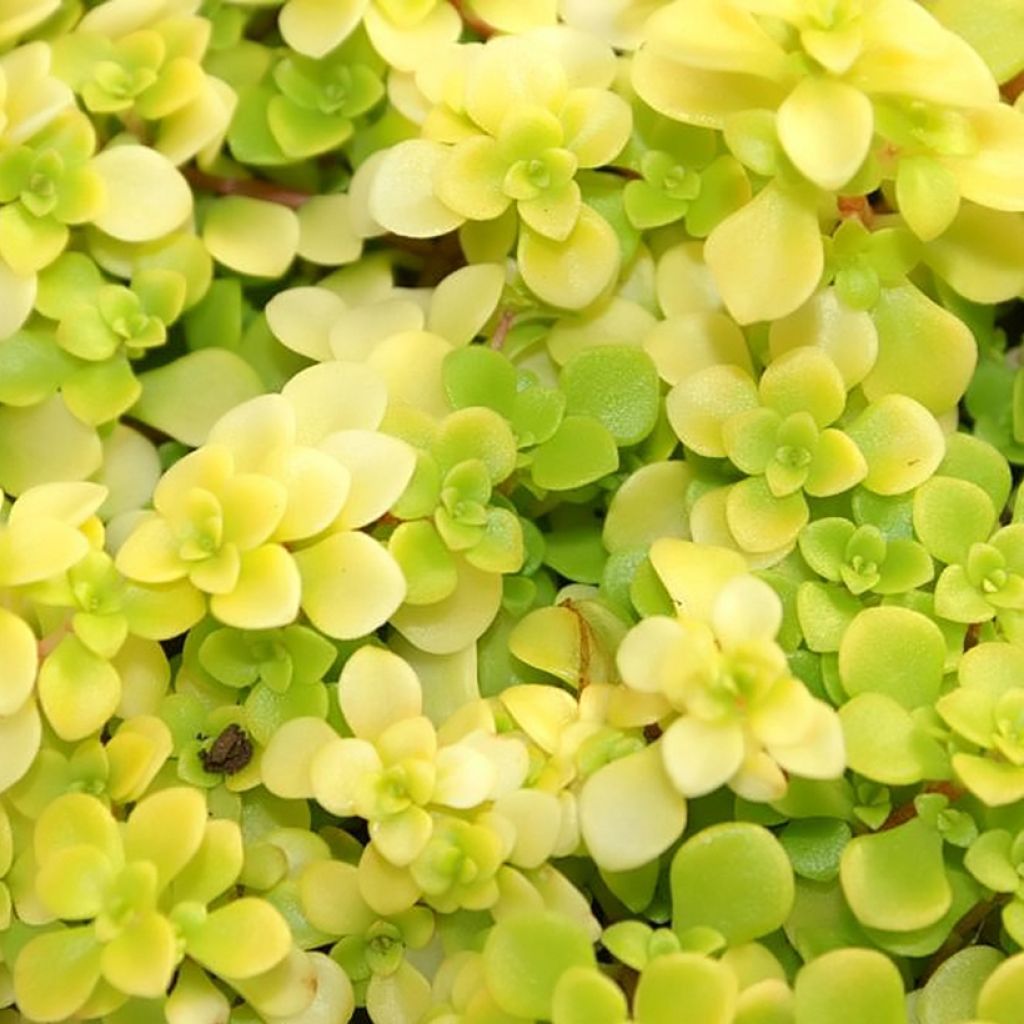

Sedum makinoi Ogon - Orpin
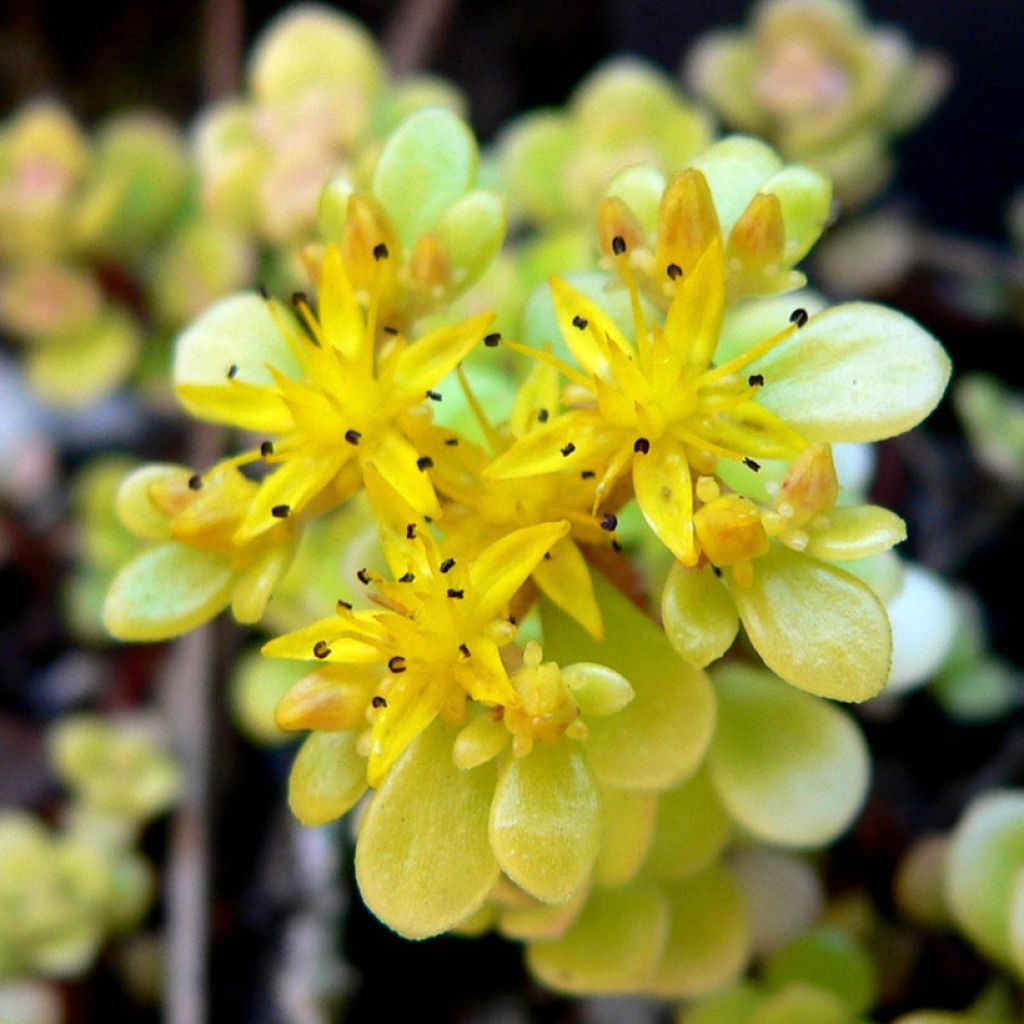

Sedum makinoi Ogon - Orpin
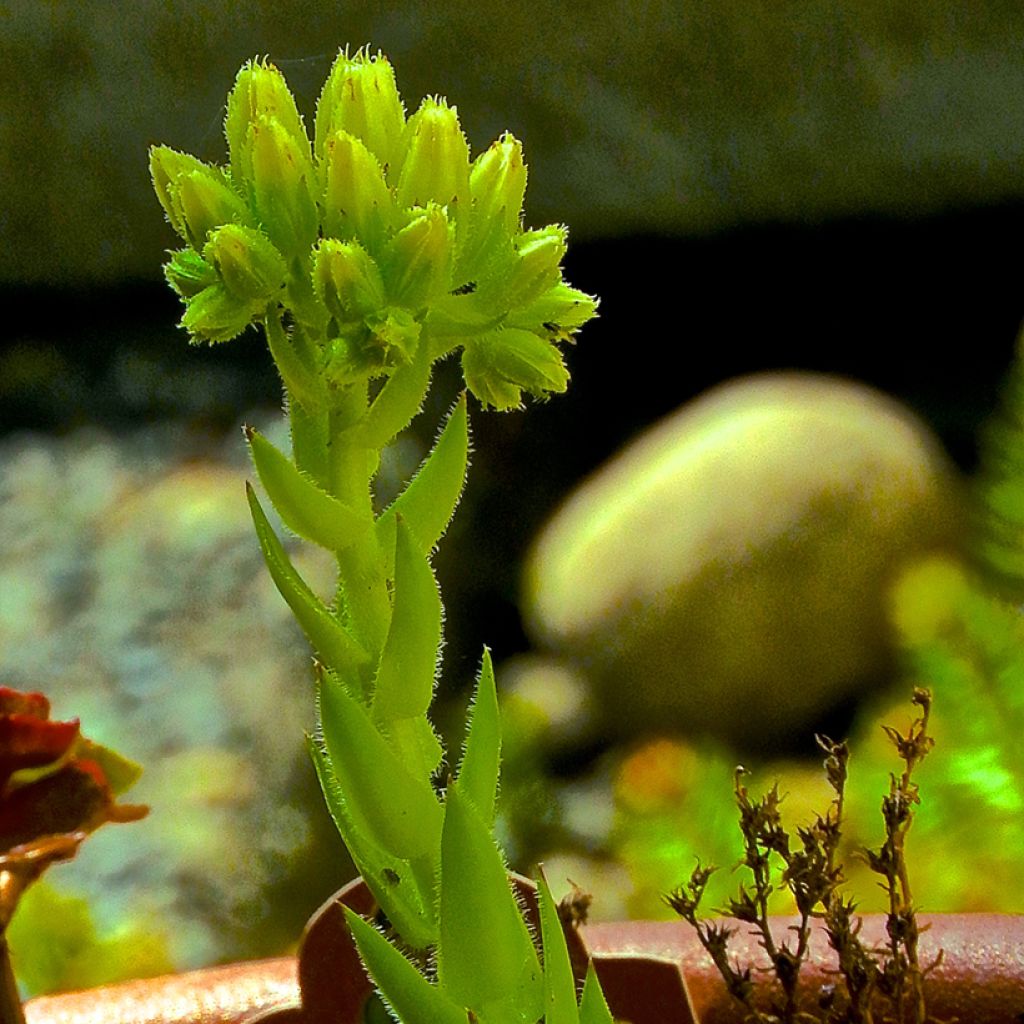

Sedum makinoi Ogon - Orpin
Sedum makinoi Ogon - Stonecrop
Sedum makinoi Ogon
Makino's Sedum, Japanese Sedum
Why not try an alternative variety in stock?
View all →Order in the next for dispatch today!
Dispatch by letter from €3.90.
Delivery charge from €5.90 Oversize package delivery charge from €6.90.
More information
This item is not available in your country.
Schedule delivery date,
and select date in basket
This plant carries a 12 months recovery warranty
More information
We guarantee the quality of our plants for a full growing cycle, and will replace at our expense any plant that fails to recover under normal climatic and planting conditions.
From €5.90 for pickup delivery and €6.90 for home delivery
Express home delivery from €8.90.
Does this plant fit my garden?
Set up your Plantfit profile →
Description
Sedum makinoi 'Ogon', or stonecrop, is a small perennial ground cover that has the advantage of colonising the most difficult terrains. Its long stems easily root in crevices and establish themselves in poor and dry soils, in the sun or in partial shade. It forms a dense and very bright carpet, with small round and shiny leaves, in golden yellow to chartreuse green. It is evergreen in mild climates. From July to August, it is topped with delicate yellow flowers, which are a boon for insects.
Stonecrops are proof that poor soil can grow beautiful specimens with generous flowering. You can benefit from hardy perennials if your soil is poor, rather dry, even rocky or slightly chalky. They resist temperatures below -15°C (5°F), require no maintenance, and promise to animate the garden with visits from butterflies. These succulents are easy to grow and have flowers and foliage with varied hues that can create dazzling displays, whether in beds or pots. On the other hand, you can also adopt them in rich, moist and heavy soil, by taking some necessary precautions. They will acclimatise without any problem if you take care to add gravel and place them in full sun. They should not be subjected to excess moisture in winter, nor covered with dead leaves (which could cause them to wither).
Sedum makinoi is a species native to Japan. The 'Ogon' variety has a spreading habit, 5 to 7cm (2 to 3in) tall, spreading over 20 to 30cm (8 to 12in), with its stoloniferous stems. They bear small flattened leaves arranged in rosettes. This foliage is a beautiful bright golden yellow in the sun. If you plant it in partial shade, it has a greener, chartreuse hue. These nuances vary, as with most of its cousins in the same genus, depending on climatic conditions: the amount of light and water will either lighten or intensify its colours. A fresh and delicate flowering emerges from the foliage. Its miniature inflorescences are made up of multiple star-shaped yellow flowers, highly prized by insects that constantly visit them. In very cold winters, the foliage is deciduous.
Sedum makinoi 'Ogon' is an asset for greening every corner of the garden. Plant it along paths, at the edge of a patio, at the base of a wall, or in pots that you can move as you wish. It combines easily with all rock plants, requires no maintenance, and colonises abandoned spaces. It is also suitable for green roofs. In flower beds, it creates a bright foreground that draws the eye to its neighbours. It can be placed under shrubs (exposed to the south) to fill poor soils. It forms beautiful associations with houseleeks, thymes, saxifrages, or with Aster ericoides f. prostratus 'Snow Flurry'.
Flowering
Foliage
Plant habit
Botanical data
Sedum
makinoi
Ogon
Crassulaceae
Makino's Sedum, Japanese Sedum
Cultivar or hybrid
Other Sedum
Planting and care
Sedum makinoi 'Ogon' enjoys warm exposures and dry, poor soils. You can plant it in the ground or in a pot in spring or autumn. Keep the soil well-drained. Add some gravel, if necessary, to help drainage. Conversely, if you place it in a rockery or on a wall, just give it a bit of compost to help it to establish. Afterwards, it will manage on its own.
If you want to propagate it, simply cut some roots that are already attached to their support and replant them, burying them slightly.
Take care of it by ensuring it doesn't get covered in dead leaves or vegetation residues, and by possibly removing faded small inflorescences.
Planting period
Intended location
Care
This item has not been reviewed yet - be the first to leave a review about it.
Summer flowering perennials
Haven't found what you were looking for?
Hardiness is the lowest winter temperature a plant can endure without suffering serious damage or even dying. However, hardiness is affected by location (a sheltered area, such as a patio), protection (winter cover) and soil type (hardiness is improved by well-drained soil).

Photo Sharing Terms & Conditions
In order to encourage gardeners to interact and share their experiences, Promesse de fleurs offers various media enabling content to be uploaded onto its Site - in particular via the ‘Photo sharing’ module.
The User agrees to refrain from:
- Posting any content that is illegal, prejudicial, insulting, racist, inciteful to hatred, revisionist, contrary to public decency, that infringes on privacy or on the privacy rights of third parties, in particular the publicity rights of persons and goods, intellectual property rights, or the right to privacy.
- Submitting content on behalf of a third party;
- Impersonate the identity of a third party and/or publish any personal information about a third party;
In general, the User undertakes to refrain from any unethical behaviour.
All Content (in particular text, comments, files, images, photos, videos, creative works, etc.), which may be subject to property or intellectual property rights, image or other private rights, shall remain the property of the User, subject to the limited rights granted by the terms of the licence granted by Promesse de fleurs as stated below. Users are at liberty to publish or not to publish such Content on the Site, notably via the ‘Photo Sharing’ facility, and accept that this Content shall be made public and freely accessible, notably on the Internet.
Users further acknowledge, undertake to have ,and guarantee that they hold all necessary rights and permissions to publish such material on the Site, in particular with regard to the legislation in force pertaining to any privacy, property, intellectual property, image, or contractual rights, or rights of any other nature. By publishing such Content on the Site, Users acknowledge accepting full liability as publishers of the Content within the meaning of the law, and grant Promesse de fleurs, free of charge, an inclusive, worldwide licence for the said Content for the entire duration of its publication, including all reproduction, representation, up/downloading, displaying, performing, transmission, and storage rights.
Users also grant permission for their name to be linked to the Content and accept that this link may not always be made available.
By engaging in posting material, Users consent to their Content becoming automatically accessible on the Internet, in particular on other sites and/or blogs and/or web pages of the Promesse de fleurs site, including in particular social pages and the Promesse de fleurs catalogue.
Users may secure the removal of entrusted content free of charge by issuing a simple request via our contact form.
The flowering period indicated on our website applies to countries and regions located in USDA zone 8 (France, the United Kingdom, Ireland, the Netherlands, etc.)
It will vary according to where you live:
- In zones 9 to 10 (Italy, Spain, Greece, etc.), flowering will occur about 2 to 4 weeks earlier.
- In zones 6 to 7 (Germany, Poland, Slovenia, and lower mountainous regions), flowering will be delayed by 2 to 3 weeks.
- In zone 5 (Central Europe, Scandinavia), blooming will be delayed by 3 to 5 weeks.
In temperate climates, pruning of spring-flowering shrubs (forsythia, spireas, etc.) should be done just after flowering.
Pruning of summer-flowering shrubs (Indian Lilac, Perovskia, etc.) can be done in winter or spring.
In cold regions as well as with frost-sensitive plants, avoid pruning too early when severe frosts may still occur.
The planting period indicated on our website applies to countries and regions located in USDA zone 8 (France, United Kingdom, Ireland, Netherlands).
It will vary according to where you live:
- In Mediterranean zones (Marseille, Madrid, Milan, etc.), autumn and winter are the best planting periods.
- In continental zones (Strasbourg, Munich, Vienna, etc.), delay planting by 2 to 3 weeks in spring and bring it forward by 2 to 4 weeks in autumn.
- In mountainous regions (the Alps, Pyrenees, Carpathians, etc.), it is best to plant in late spring (May-June) or late summer (August-September).
The harvesting period indicated on our website applies to countries and regions in USDA zone 8 (France, England, Ireland, the Netherlands).
In colder areas (Scandinavia, Poland, Austria...) fruit and vegetable harvests are likely to be delayed by 3-4 weeks.
In warmer areas (Italy, Spain, Greece, etc.), harvesting will probably take place earlier, depending on weather conditions.
The sowing periods indicated on our website apply to countries and regions within USDA Zone 8 (France, UK, Ireland, Netherlands).
In colder areas (Scandinavia, Poland, Austria...), delay any outdoor sowing by 3-4 weeks, or sow under glass.
In warmer climes (Italy, Spain, Greece, etc.), bring outdoor sowing forward by a few weeks.
